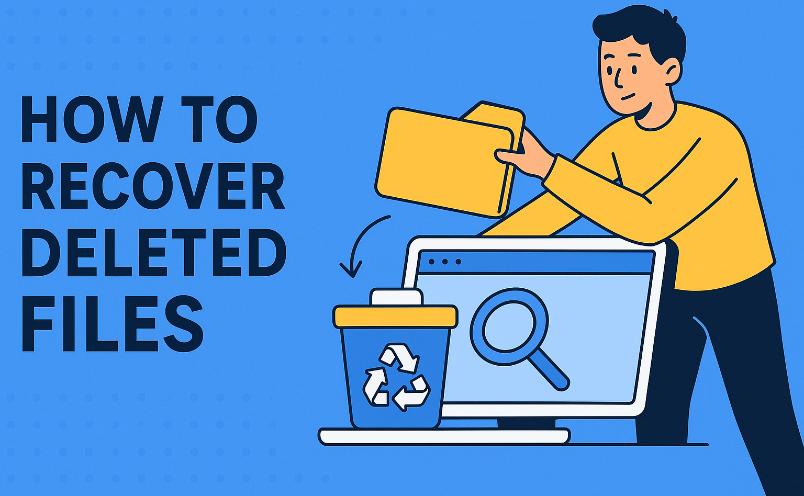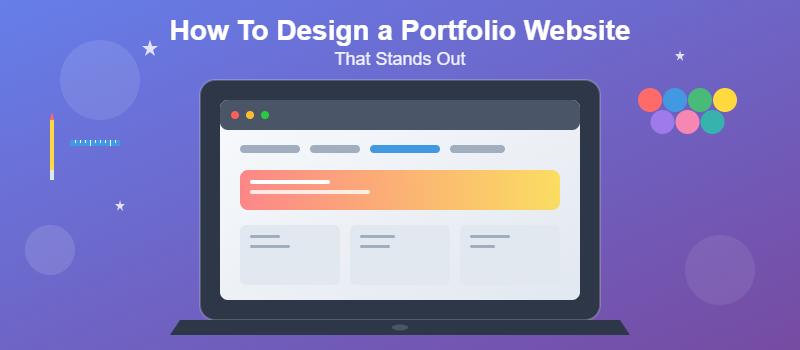When you launch your first business website, it can be difficult to stay focused. There is so much to think about, so much to do, and sticking to the plan can become a challenge.
Here are some simple tips to ensure you stick to your plan, whether you are building your own website, or hiring a designer to do it for you.
Define Your Goal
Before you do anything else, you should focus on defining what your goal is. Never launch a website just because everyone else has one. Instead, always have a specific reason for launching your site in the first place.
Is it for branding purposes? To sell products directly? To provide information? To generate leads?
You might have a number of goals. Just make sure you have a specific purpose in mind, and this will help to direct all of your decisions about the site.
Know Your Target Market
Your website should appeal to a very specific target audience. You should know this in advance, and if you have not defined your target audience, spend some time doing this.
Everything about your website, from the design to the content you publish, will be directed by who you are targeting, so make sure you define this early on.
Sort Out the Basics
Once you know the purpose of your site and who you are targeting, sort out the basics. This involves choosing a domain name and a hosting plan. Your domain name could be the name of your business, but just make sure you keep it simple.
There are many web hosts to choose from. Opt for one with a good record on security, speed, and uptime—and don’t just go for the cheapest you can find.
Decide on a Brand Image
Your brand image should come across immediately in the look and feel of your website. This is where you may want a professional web designer to help you. Everything from the basic design to the colors and the fonts you use and the images is important.
Know Your USP
As you create your website, you will want to use your USP to guide you. This is your Unique Selling Proposition, and it is what makes you different. Why should customers choose you over the competition?
Your USP will define how you create your content, the message you put forward, design elements, and more. So take some time to come up with your USP early on.
Plan the Foundation Pages
When you are ready to start planning your website, build it around the main pages. This will typically include the home page, about page, product pages, and contact page.
But you can have more, including the terms and conditions, FAQs, meet the team, etc. Use these as your foundation, and plan it out on a piece of paper. Get the basic plan in your mind, and you can build the rest of the site around this.
Create Your Content
Next, create the content for each of the main pages. You can do this even before you start work on the design of the website. In fact, many designers prefer to have some content to work with when creating the design.
You might want to write this yourself, or hire a copywriter to help you out. It’s important to get the tone right for your brand, and you can also use persuasive copy to encourage website visitors to take a specific action like buying your products.
Look At Other Websites
One thing you can do is to use other websites to guide you. Check out your competitors, as well as other websites not related to your business, and see which techniques they use that you like.
Don’t copy them, but you can certainly use different elements as inspiration. Find websites that you really like, which stand out to you, and then work out how they do such a great job. And not just in how they look, but how they get their message across.
Set Up a Blogging Editorial Calendar
Once your website is up and running, this is just the start. The next stage will be marketing your website to increase traffic and ensure the right people are finding it.
Whatever type of marketing strategy you use, the foundation of this will often be a good blog. If you end up hiring Internet Marketing Services at some point, having a regular blog is always going to help.
So plan a few posts that you can publish as soon as your site goes live. Plan a schedule for the different topics you will write on and publish. You may want to use a tool like Trello so that your whole team can access the calendar and make suggestions and edits.
Get Your Business Website Up and Running
Launching a business website can be a time-consuming process, and there is a lot to remember. Having a basic plan in place can help you to keep things on track.
A website is essential these days, so make sure you get yours up and running as soon as possible. Follow these tips to ensure you have a solid plan to follow so that you can avoid delays when getting your website up and running.
Author:
Derek Brown is the Managing Director of Pronto Marketing, a provider of outsourced website design and Internet marketing services to small businesses around the world. Previously, Derek was the Director of Marketing Communications for the Mobile Devices Division at Microsoft Corp. and oversaw all marketing disciplines including advertising, branding, Internet marketing and public relations on global efforts.































